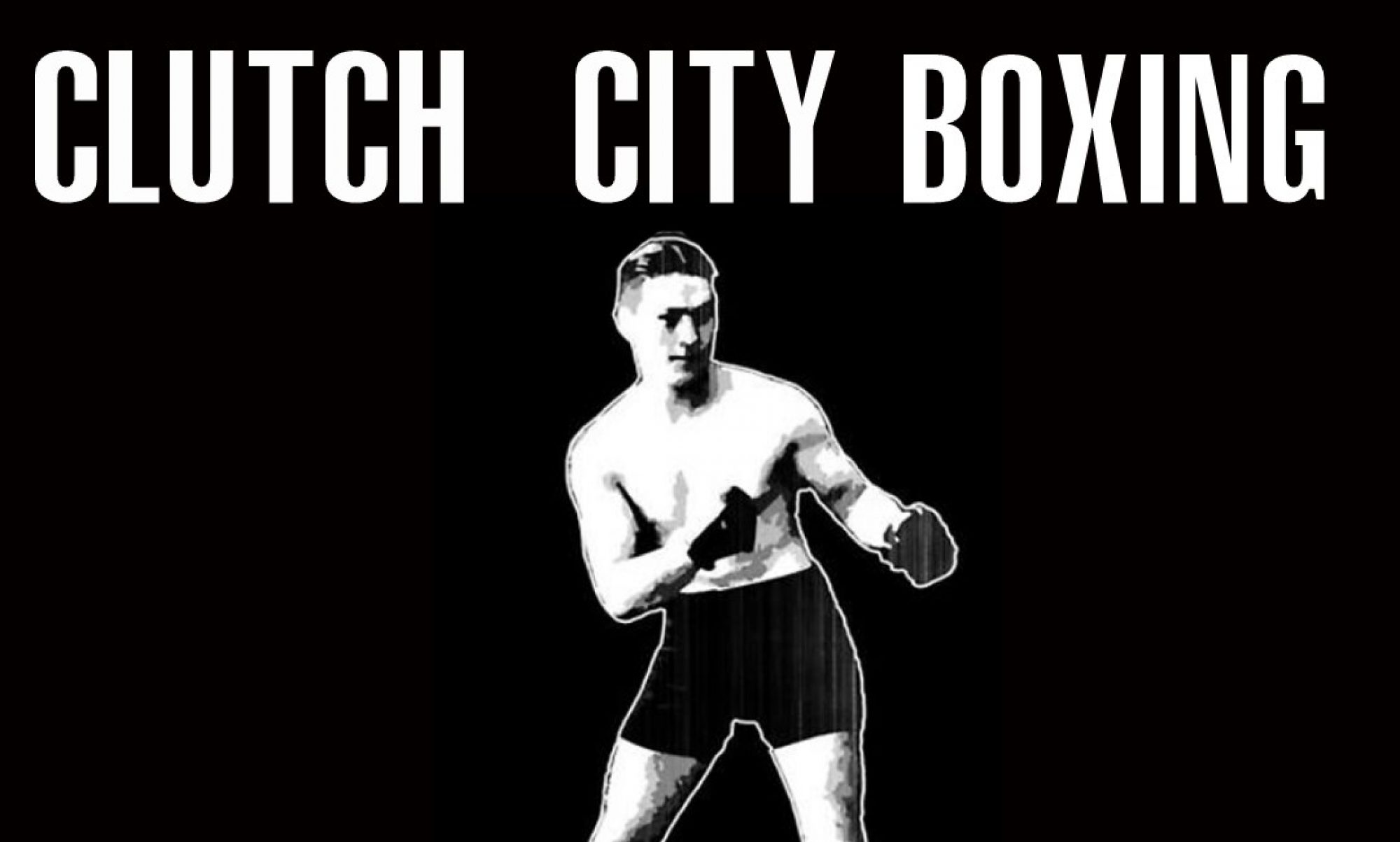Pan-Am Games
Kenny’s greatest accomplishments, however, came as a coach. The program he established at The Galena Park Boxing Academy produced more than two dozen national amateur champions, and three Olympians. Kenny also served as a coach for The U.S. Olympic Team in 1988.
As a professional coach, Kenny cornered 18 world title fights with Hall of Famers such as Evander Holyfield, Vinny Pazienza, Orlando Canizales, Mike McCallum, Raul Marquez and Pernell Whitaker, as well as local legends like Wilford Scypion, Termite Watkins, Mike Phelps, James Pipps, Joel Perez, Stephen Martinez and Lewis Wood.
Always a fierce advocate for teaching proper fundamentals, Kenny also authored one of the top selling boxing intructional videos of all time.
Kenny retired from boxing for health reasons in 2013, but his impact can still be felt in the Houston boxing scene with a host of his former fighters and students now operating gyms of their own.,
Beginnings
Ray’s Boxing Club at this time, around 1983 or 84, consisted of two heavy bags, one speed bag, a homemade “boxing ring” and some mirrors on the wall of Ray’s garage. Although the “gym” was humble and spartan, I believe the boxing club there was already doing pretty well on the local, state, and national scene. It’s been a long time and I don’t remember everything but the faces and personalities I remember being around were the Alvarado brothers, Steven and John I believe, their father, and Joe “Cool” Garcia who was either about to turn pro or just turned pro. I got wise to some things quicker than most kids I think because I started to help Joe “Cool” glove up and give him water between sparring rounds, so that he would give me some pointers every now and then or answer questions that I had. Questions I still ask people I look up to in boxing such as, “how many miles should a boxer run when amateur and/or pro? “ , “how many push-ups, sit-ups, and squats should we do”? , “ how do you control your breathing”? and things like that.
Speaking of sparring, let me tell you about the “ring” we sparred in. It was a homemade ring set up in the corner of the garage, made of wood, and couldn’t have been more than 8×8 or 10×10, and that may be a generous estimation. It was a phone booth man and you had to catch on quick or you weren’t gonna survive the sparring. As for me I’ve always been a boxer/counter-puncher so that ring did not suit my style or personality, but I did learn to box on the inside or “toe to toe” as I knew it to be back then. I didn’t become a slugger by any stretch, I just learned little tricks where I could be as safe being up close as I was on the outside, where I liked to be. Still it was definitely the hard knocks way of learning and there were many “dogfights” in that ring. I probably took more whuppings than gave for at least 6 months before I got to where I was okay being in there with anyone except for the pros.
I don’t remember much else about those beginning days other than lots of calisthenics, those damn “duck walks”, and being confused when I would get the courage to ask for instruction and being told to “do 3 rounds of left jabs, then 3 of straight rights on the heavy bag, then let me know if you want more”. This of course came after calisthenics in the ring and jump roping and/or sparring. Ever try throwing nothing but left jabs for 3 rounds? It’s tough for sure and the “gym” was so small you couldn’t hide anywhere or piddle around.
What was your start out in boxing like?
Hagler vs Leonard
I always loved watching both guys and was a fan of both guys for different reasons. Sugar Ray was the guy who’s style I liked and emulated as best I could when boxing. The footwork, fast hands, mean streak,and psychological games he played were right up my alley. Hagler, was impossible to not like with his blue collar approach to the game combined with the fact that he worked his way up from nothing, the “hard way” like the old timers did. I liked his honest approach to boxing and how he broke his opponents down. The only thing that I didn’t like about him was the fact that he was a lefty. Just never could relate to that “weird duck” left-handed boxing! The only lefty I ever really appreciated back then was “pre Edwin Rosario” Hector Camacho.
We’ve all seen the fight by now so I won’t talk much about it, other than to say that Sugar Ray definitely won the bout, but he did sort of “bullshit” his way to a win. Stealing rounds by throwing flurries and “shoe shining” in the last 20 seconds to sway
weak minded or maybe corrupt judges wasn’t really my idea of really beating a guy, but then again Hagler let him do it. Where Hagler went wrong was by letting Ray get into his head, and trying to prove he could box Ray instead of going in on seek and destroy mode. I know Hagler still won’t admit he lost but in all honesty he has to know he lost. Is it right that you can bullshit the judges and steal rounds like Ray did? Maybe not but that’s part of boxing and Hagler shouldn’t have let him do it. Ray did “stop and pop” pretty often as well, it’s not like he was
moving the whole time.
On Coaching Boxing
First of all, take the time to learn the art of the sweet science yourself, by either participating in it while learning, or asking an “educated” coach to teach you to coach. There are different opinions on whether or not you should have at least sparred in order to understand what a fighter is feeling inside the ring, and I will leave that subject for another day. I will say that if you are the type of coach who always wants “more” from your fighter without giving him or her the tools to deliver what you are asking for, or you question your fighter’s heart or willingness, you definitely should try lacing up some gloves yourself, and sparring at least, with an educated boxer. I promise you will see the ring in a different way.
Second, be able to communicate with your boxer and clearly articulate what it is you are teaching or attempting to teach. The same goes for working a fighter’s corner. Knowing the common “catch phrases” and regurgitating what you hear on televised fights, or what you read on a boxing website somewhere is not enough! “Throw the jab”, “Through your right” or ” Put pressure on him”, is almost like saying nothing, and as a matter of fact, if you are the type of coach who says these things without further articulating the why’s and how’s your fighter can make that happen, you are probably better off saying nothing!
Third, make sure you are teaching these kids how to BOX and not how to perform fancy mitt routines, play with pool noodles and ropes, look cool punching a heavy bag, beat up on kids with less athleticism and skills, kill each other in sparring, or how to “take a punch” or “be tough”. The whole point is to hit and not get hit, and if I have to tell you what you have to teach these kids for them to be able to do that, then you are unfit to be a boxing coach and need to take the time to learn what it is you are trying to teach your students. Yes, boxing is a tough sport and one will get hit no matter how good he is, but letting a kid take punches cause you want to establish whether or not he or she can handle the “hurt” side of the business, is cruel and irresponsible as well as ridiculous. No one “likes” getting hit and I would venture to say that the best that ever laced up gloves, hated taking punches! This would likely explain why they honed their ring generalship, movement, and defensive skills to the degree that they did, which in turn made them some of the best in the business. How many potential champions might we have lost because a kid goes into a gym to learn how to box or “defend himself”, and a poor coach throws the kid in a ring, letting him get beat up, to see if he or she would be “tough enough” to box, and the kid never steps foot in a boxing gym again? Again I would suggest that if this is a “technique” you use to grade your boxers, get into the ring yourself and see if you are still “tough enough” to box at your age and fitness level.
In closing let’s remember that boxing can be a beautiful thing when it’s done correctly and for the right reasons, whether in practicing, competing or coaching. Let’s put our egos aside and do things for the kids.
Basics!!
As much as I love to see a person that’s been blessed with God given physical attributes learn how to use those gifts and do so effectively, we must remember to teach young boxers the basics and have them stick to the basics until further notice. Of course every person/fighter is different and one style or way won’t work for everyone, but there are some things that should be taught to every new boxer that walks through the door. Things that will help these boxers learn to and be able to protect themselves, when they don’t have the edge in strength, speed, quickness, power, or intelligence.
Too many coaches get gifted boxers and fall into the trap of letting those boxers compete and really do nothing more than use a couple of punches they may have learned, and whatever gifts that boxer already had when they walked into the gym for the first time. We all like to win and get a kick out of it when someone we have trained is able to use what we have taught and be successful, but we have to remember that at the end of the day the success belongs to the boxer and not the coaches. So let’s take our time and let our boxers learn what they need to before putting them into the ring.
Houston, Texas, Boxing Hotbed
Houston, Texas has always been a hotbed for boxing and the tradition continues in 2018. Dominance in the ring as well as technical expertise was a calling card for the twin Charlo brothers in 2017. We also had Marlen Esparza dominating in the pro ranks, along with amateur rival Virginia Fuchs, dominating the National and International women’s amateur scene.
All in all boxing is alive and well in Houston, Texas and with our current crop of killers, it looks like 2018 is going to be a fun year in “Clutch City”!

